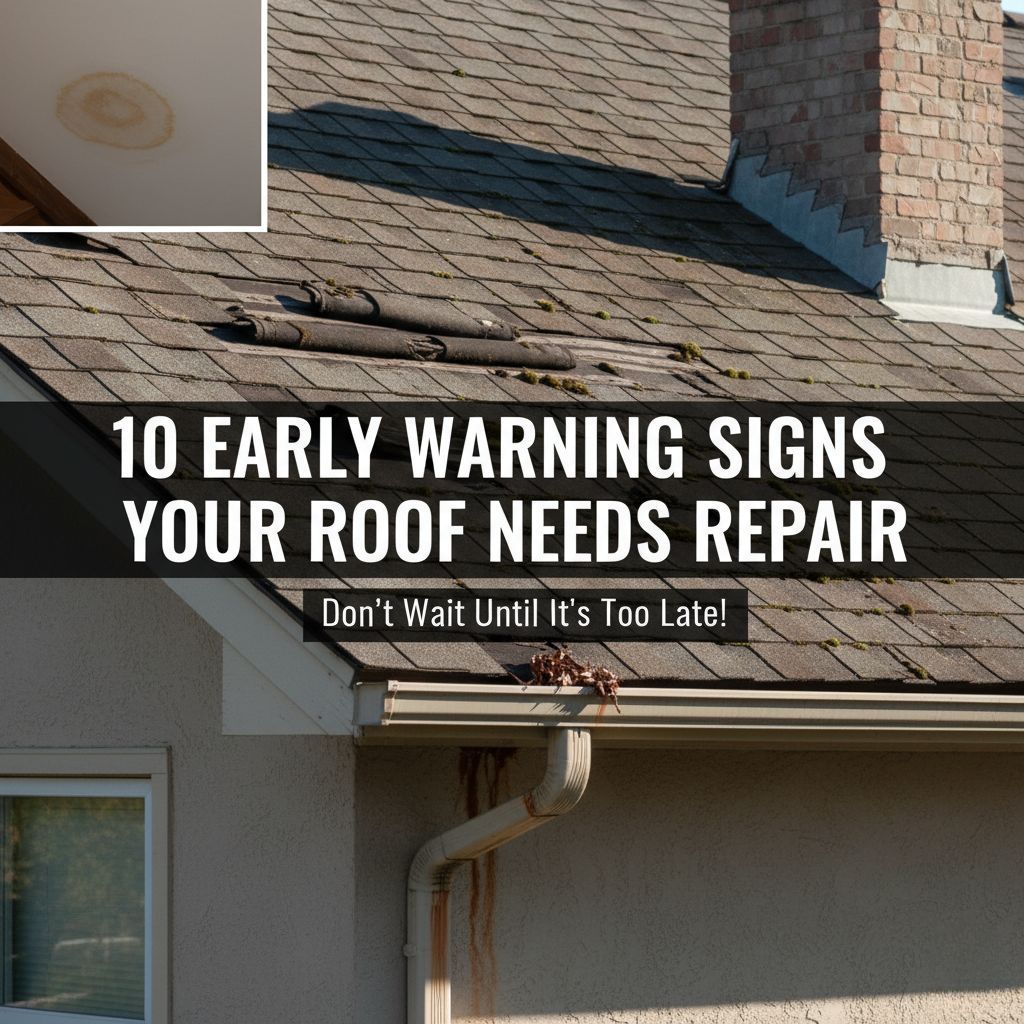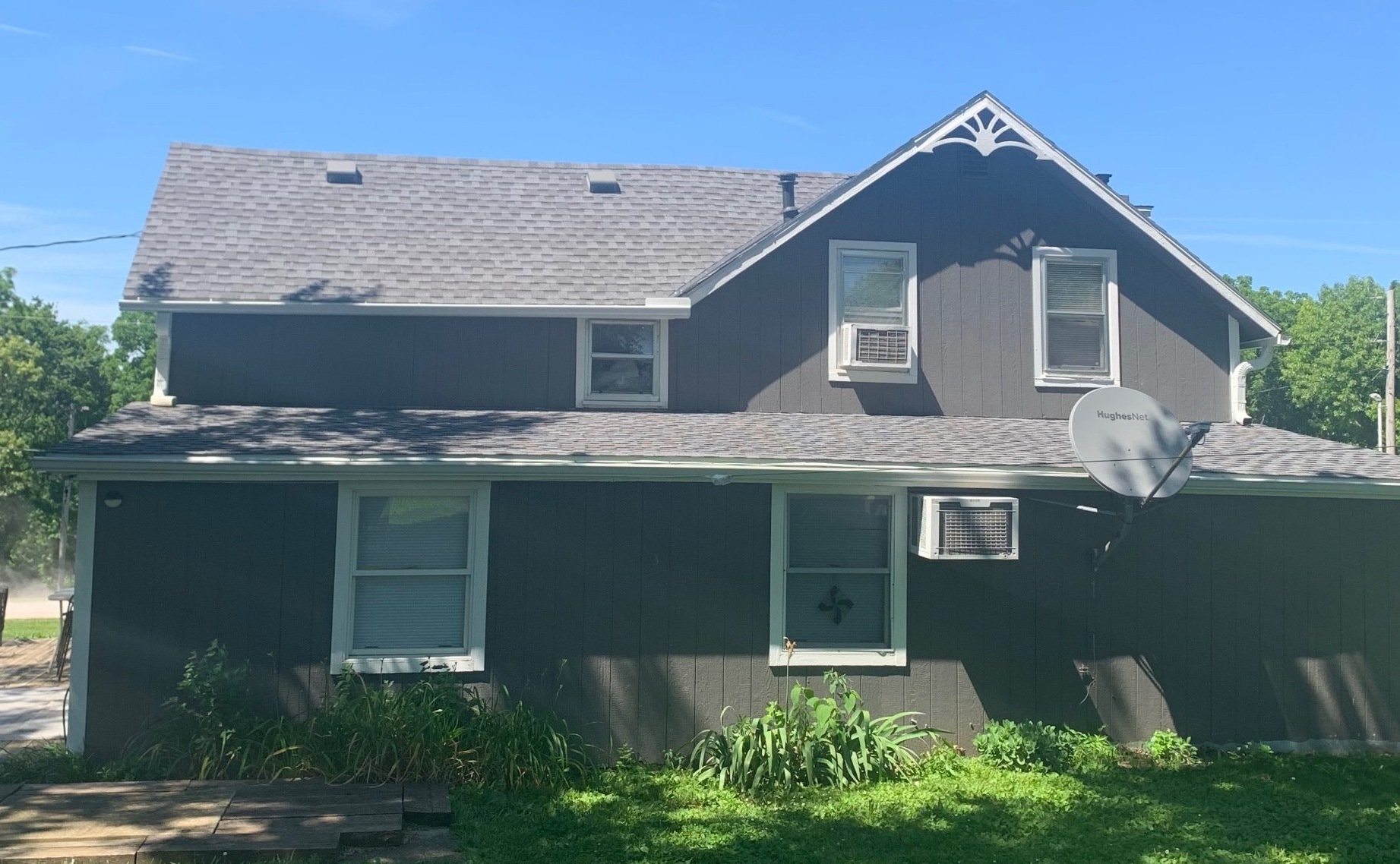What is the Best Season To Replace Your Roof in the Midwest?
Seasons impact many factors on roof replacement. That’s why it’s good to start thinking about replacing your roof before it becomes an emergency.
Ultimately, the best season to replace your roof should be based on your roofing contractor's inspection results. But if you think it's almost time to replace your roof, here are some pro tips for checking its functionality.
- Check the date of your current roof installation and see how much life is left. In the Midwest, many roofs are shingles and can last 15-30 years but roofs installed over a layer of shingles only have a life span of about 20 years.
- Check your shingles. Shingles should always lie flat. Common reasons for roof replacement include damaged shingles, mold, fungus, sagging, or leaks.
Depending on the type of roof and its last maintenance date, you may want to consider what season works best for a roof replacement. While each season has its pros and cons, replacing your roof is a job that can be completed in any season with the right professional roofing contractor.
We've considered each season's pros and cons for roof replacement so you can determine which is best for you!
Summer Brings the Heat to Roof Replacement
Summer brings long days, a lot of sun, and consistently warm weather making it great for roof replacement. Summer heat is perfect for activating the tar strip on the back of asphalt shingles to adhere correctly.
Typically, replacing your roof in early summer is better than late summer. Early summer is low humidity, warm, sunny, and not many rainstorms. It provides the perfect conditions for the workers and the roofing material. But it is also a busy time for roofing contractors. Everyone has the same idea about home repairs, and their schedules fill up fast.
If you wait until the end of summer, the heat, humidity, and summer storms can make the installation unbearable for the workers and the shingles!
Did you know your shingled roof can heat up to 50 to 60 degrees Fahrenheit above the ambient temperature?
These intense temperatures not only affect the workers but the roofing materials. Shingles are not meant to set in scorching temperatures. Unfortunately, what ends up happening is that asphalt shingles will soften in high heat, making them less durable and more prone to damage during installation.
And workers will need more breaks because of the heat, and the roof installation could take longer.
PRO TIP: If you have to replace your roof in the summer, choose early summer but schedule in advance!
Fall Brings Perfection to Roof Replacement
Warm days, cool nights, and minimal chance of storms bring the coveted fall weather to the Midwest, making it the ideal time for roof replacement.
Most roofing professionals agree that roofing installments are best completed when temperatures are between 45 and 85 degrees Fahrenheit. When temperatures are in this range, the shingles are perfect for installment, and your roofers can work longer days and finish the project sooner.
Fall’s mild temperatures give the shingles plenty of time to properly bond, which will insulate the roof, but it's not too cold that the shingles won't properly adhere to the sheathing.
The downside to fall roof replacement is that it's a busy season, and it may be hard to schedule a last-minute replacement. Often, summer jobs can often spill into the fall months, so getting a roof inspection and scheduling a roof replacement is essential to get on their schedule.
PRO TIP: If fall sounds like the perfect time to install your roof, then schedule early!
Winter Brings the Brrr to Roof Replacement
Winter roof replacement is not ideal, but it can be done correctly! The best thing about winter roofing jobs is that it's easy to schedule a time because it's not a busy season. However, weather conditions can cause postponements.
Weather will be a factor when scheduling a roof replacement. Roofing contractors will look at the weather forecast to ensure that the weather will be 40+ degrees Fahrenheit for at least two days so that the shingles have time to properly seal. Otherwise, the colder temperatures can cause the shingles to be brittle and break easier. And because of the tar sealant on the back, it needs warmer temps and sunlight to be activated to adhere correctly.
Many roofing companies may even have to supplement with hand-sealing techniques, increasing labor costs of the roof replacement. Nail guns and compressors used by the roofer can also be affected by the colder temperatures. And since the days are shorter, the installation project may take longer.
Thankfully, Kansas City winter weather gives us days of breaks in snow and freezing temperatures, so your roofing contractor will be able to plan your new roof installation on the next stretch of warmer, sunny days.
PRO TIP: Winter roof replacement will depend on the weather conditions, but it is easier to schedule last-minute installments. Just remember to be flexible on dates getting changed!
Spring Cleaning and Roof Replacement
After the cold, dreary winter days, Kansas Citians look forward to the warmer and sunnier spring days. But unfortunately, roof replacement also becomes a must-do for many homeowners after they experience roof issues from the winter.
Many roofing contractors would agree that the spring is the second-best time to replace your roof with a more open schedule, warmer temperatures than winter, cooler temperatures than summer, and low humidity days. These conditions reduce the risks of moisture damage and are ideal for the roofers. However, early spring can still have super cold and rainy days, so your roof replacement project could see delays.
PRO TIP: Spring showers tend to slow down in the later months; consider planning your roof replacement for the end of May or early June to avoid excessive rain.
Roof Replacement for Any Season
An experienced Kansas City roofing contractor, like Accent Roofing Group, will know the trade tricks to guarantee quality roof replacement no matter the season. But if you want to stick to the two ideal seasons in Kansas City- stick with late spring and early fall!
If you are ready for a roof replacement, the first thing you need is a roof inspection from a contractor you can trust.
Accent Roofing Group specializes in roof replacements in any season in the Kansas City Metro- Raymore, Independence, Belton, Blue Springs, Lee's Summit, Overland Park, Olathe, Shawnee, Lenexa, and Spring Hill.
Regardless of the season for roof replacement, accentroofinggroup.com can help.




